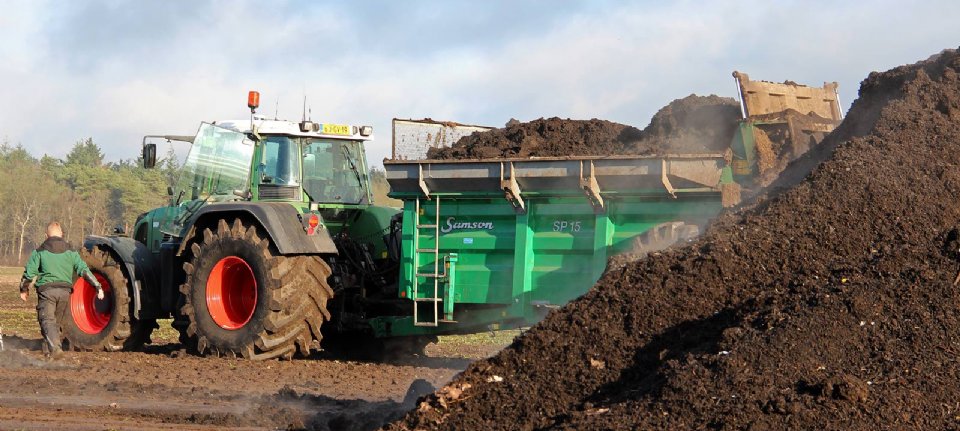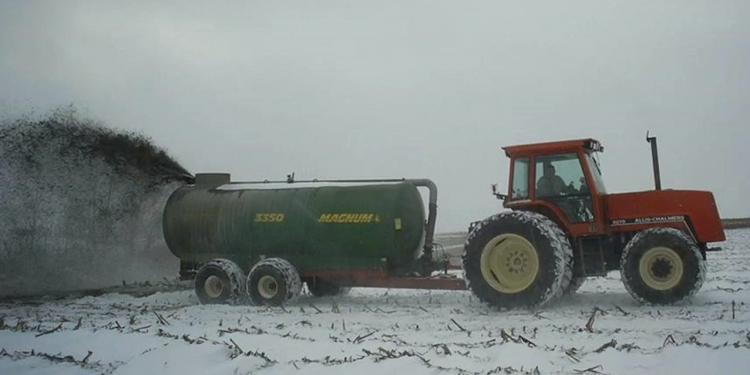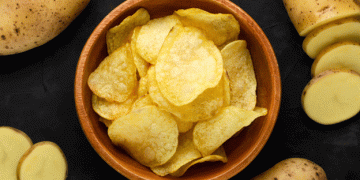Fertilizers that nourish the plant while ensuring a healthy soil provide the highest yields. This is shown by research by the Louis Bolk Institute.

The Louis Bolk Institute has been running the field experiment ‘Manure as an opportunity’ for twenty years, looking at the long-term effects of various fertilization strategies. What types of fertilizers provide the highest crop yield? How do minerals build up in the long term? Are there fertilizers that minimize (nitrogen) leaching? In the new report from the Louis Bolk Institute, these questions are discussed on the basis of the results of ‘Manure as an opportunity’.
There are many different types of fertilizers on the market that farmers can choose from. It is often considered whether they opt for a type of fertilization that feeds the crops directly and thus yields results in the short term, or a type of fertilization that nourishes the soil and thus positively influences the productivity of the soil in the long term. A combination of these two fertilization strategies is also possible.
Exact differences
The project ‘Manure as opportunity’ was started in 1999 as part of the public-private partnership ‘Better soil management’ . The project focuses on finding out the exact differences between these types of fertilizers. Of the nine fertilization strategies that have been tested, the fertilizers that feed both the plant and the soil – including stable manure, chicken manure and organic compost with slurry – delivered the highest yields.
The relative returns of these strategies grew steadily over the years, ending after 20 years with an average 20 percent higher relative return compared to the other strategies. Green compost and NPK fertilizer both showed a strong declining trend in relative yield over the years.

Lowest leaching
The downside of the high yields is that fertilizers in the plant and soil nutrient category also leach out most of the nitrogen based on model calculations. Composts, specifically green compost and organic compost, had the lowest calculated nitrogen leaching. Despite large differences in leaching between the fertilizers, the differences in the absorption of nutrients by the harvested product were relatively small.







